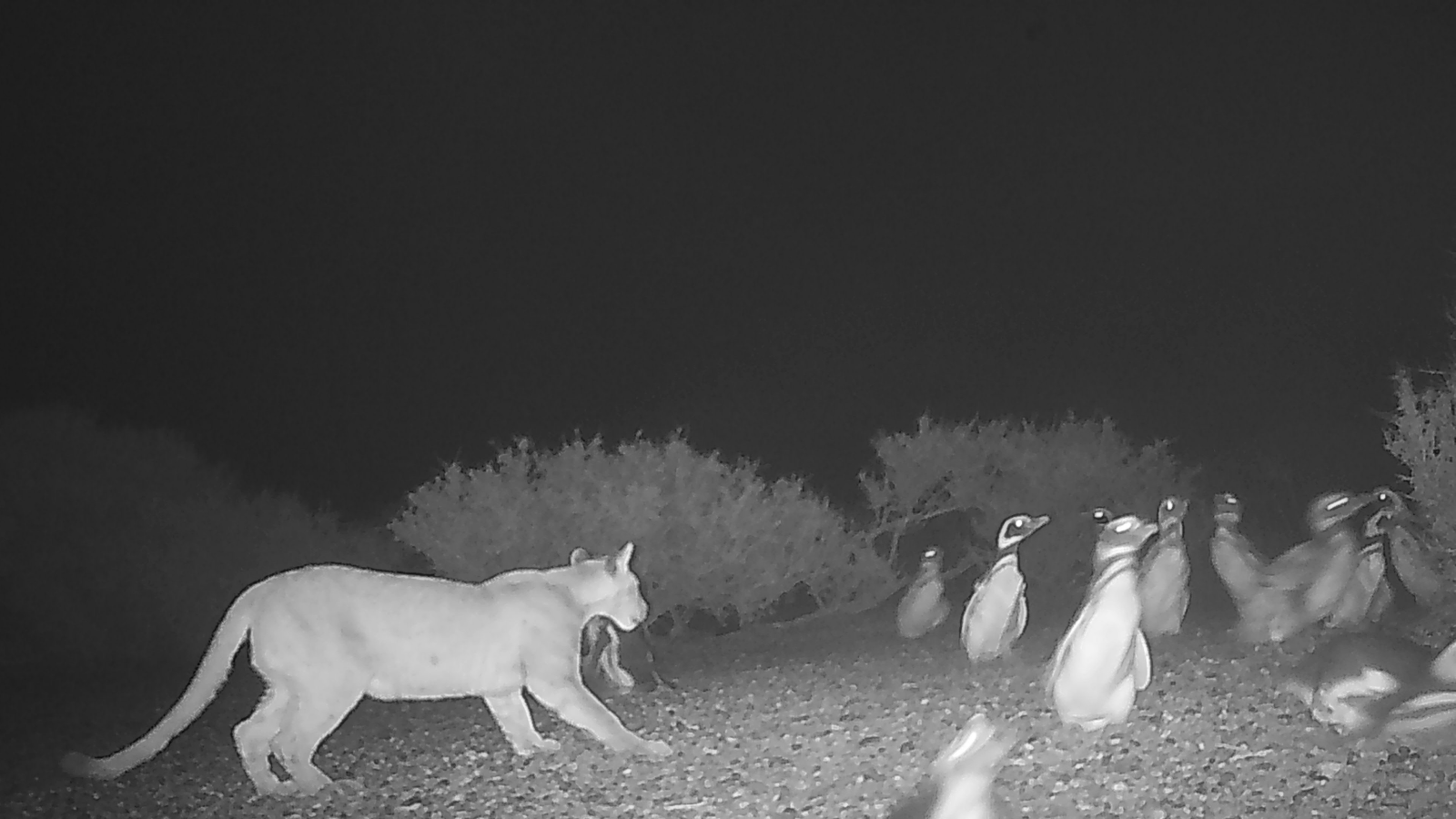Geology news, features and articles
Explore Geology
Latest about Geology
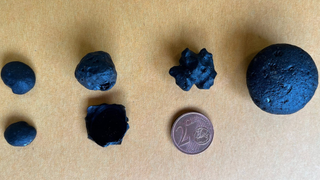
Weird glass in Australia appears to be from giant asteroid impact — but scientists 'yet to locate the crater'
By Skyler Ware published
Strange glass strewn across southern Australia appears to be from a mystery asteroid impact 11 million years ago.
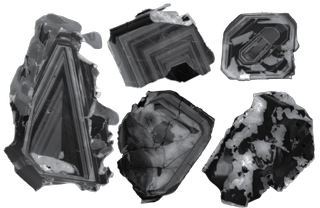
Vast source of rare Earth metal niobium was dragged to the surface when a supercontinent tore apart
By Sophie Berdugo published
Potentially the largest known source of niobium discovered in central Australia formed 830 million years ago, and we can thank the breakup of the ancient supercontinent Rodinia.
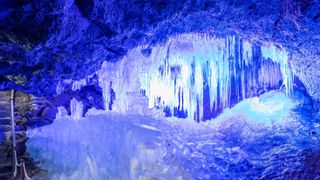
Narusawa Ice Cave: The lava tube brimming with 10-foot-high ice pillars at the base of Mount Fuji
By Sascha Pare published
The Narusawa Ice Cave is a natural lava tunnel that formed during a violent eruption of Mount Fuji in A.D. 864. Every winter, the cave grows giant ice pillars due to its freezing temperatures.
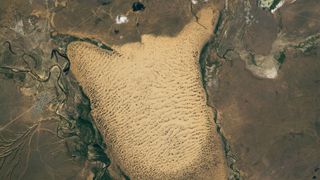
Giant sandy 'slug' crawls through floodplains in Kazakhstan, but it could soon be frozen in place
By Harry Baker published
Earth from space A 2022 astronaut photo shows a peculiar, slug-shaped dune field in the heart of the Kazakh Steppe. Signs of vegetation among the sand suggest these dunes are in the process of being fixed in place.

The geology that holds up the Himalayas is not what we thought, scientists discover
By Sascha Pare published
A 100-year-old theory explaining how Asia can carry the huge weight of the Himalayas and Tibetan Plateau needs to be rewritten, a new study suggests.
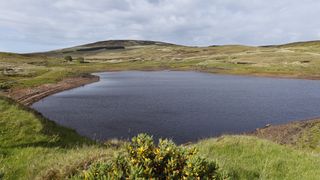
Loughareema: The 'vanishing lake' in Northern Ireland that mysteriously drains and refills itself within hours
By Sascha Pare published
The Vanishing Lake in Northern Ireland's County Antrim can be full in the morning and empty a few hours later, thanks to an underground drainage system that scientists still don't fully grasp.
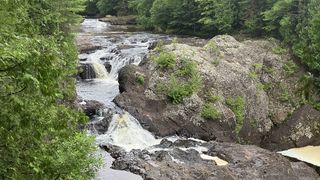
Lake Superior rocks reveal build up to giant collision that formed supercontinent Rodinia
By Aaron Sidder, Eos.org published
Using paleomagnetic samples collected along the shores of Lake Superior, a new study illuminates the movement of a billion-year-old paleocontinent as it crept south toward a tectonic collision.
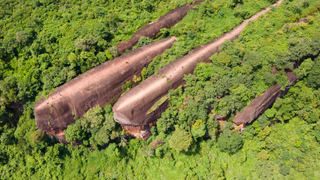
Three Whale Rock: Thailand's 75-million-year-old stone leviathans that look like they're floating in a sea of trees
By Sascha Pare published
Three Whale Rock is a geological formation and tourist attraction in Thailand's Phu Sing Forest Park that looks remarkably like a small family of whales.

Why do diamonds come in different colors?
By Alice Sun published
The vast majority of polished diamonds are clear and sparkly, but some come in unexpected colors like blue, green and even pink. So why are some diamonds different colors?
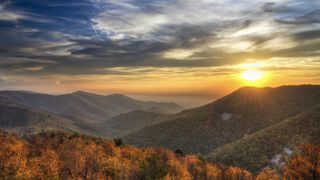
Hot blob beneath Appalachians formed when Greenland split from North America — and it's heading to New York
By Sascha Pare published
A hot blob currently beneath the Appalachians may have peeled off from Greenland around 80 million years ago and moved to where it is today at a rate of 12 miles per million years, scientists have found.
Get the world’s most fascinating discoveries delivered straight to your inbox.


